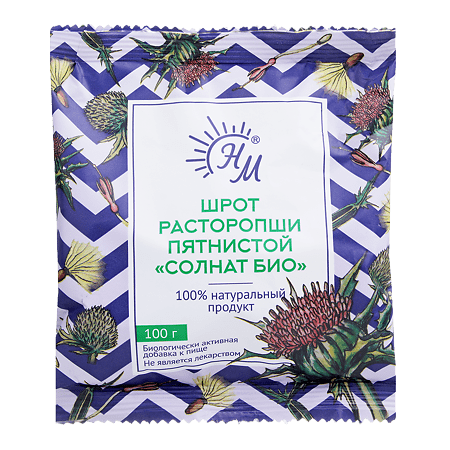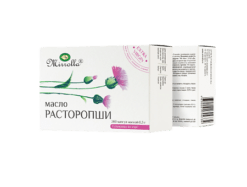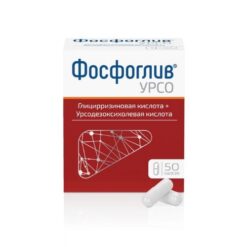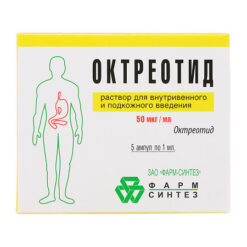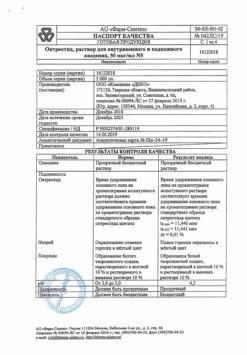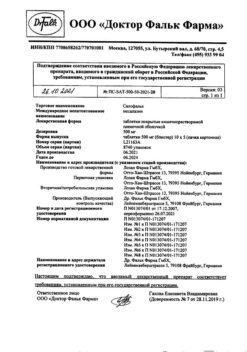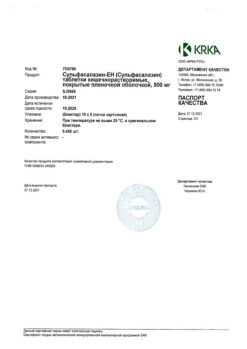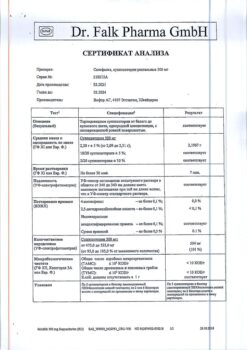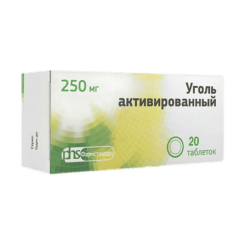No products in the cart.
Milk thistle meal, 100 g
€3.48 €3.16
Description
Milk thistle interacts with free radicals in the liver and reduces their toxicity. By interrupting the process of lipid peroxidation, it prevents further destruction of cell structures.
In damaged hepatocytes it stimulates the synthesis of structural and functional proteins and phospholipids (due to specific stimulation of RNA-polymerase A), stabilizes cell membranes, prevents the loss of cellular components and intracellular enzymes (transaminases) and accelerates the regeneration of liver cells.
Inhibits penetration into cells of some hepatotoxic substances (poisons of the pale grebes fungus). It is subjected to enterohepatic circulation. It is metabolized in the liver by conjugation. It is excreted mainly with bile in the form of glucuronides and sulfates, to a small extent with urine.
It does not cumulate. After repeated oral administration of 140 mg 3 times a day a stable concentration is reached.
It improves the general state of patients with liver diseases, decreases subjective complaints, normalizes laboratory indexes (activity of transaminases, gamma-glutamyltransferase, alkaline phosphate, bilirubin level).
Long-term use significantly increases survival rate of patients with liver cirrhosis.
Indications
Indications
toxic liver damage (alcoholism, intoxication with halogenated hydrocarbons, heavy metal compounds, drug-induced liver damage) and their prevention;
chronic hepatitis;
liver cirrhosis (as part of complex therapy);
conditions after infectious and toxic hepatitis; dystrophy and fatty infiltration of the liver;
correction of lipid metabolism disorders.
Pharmacological effect
Pharmacological effect
Milk thistle interacts with free radicals in the liver and reduces their toxicity. By interrupting the process of lipid peroxidation, it prevents further destruction of cellular structures.
In damaged hepatocytes, it stimulates the synthesis of structural and functional proteins and phospholipids (due to specific stimulation of RNA polymerase A), stabilizes cell membranes, prevents the loss of cellular components and intracellular enzymes (transaminases), and accelerates the regeneration of liver cells.
Inhibits the penetration of certain hepatotoxic substances (poisons of the toadstool fungus) into cells. Subjected to enterohepatic circulation. Metabolized in the liver by conjugation. It is excreted mainly in bile in the form of glucuronides and sulfates, and to a small extent in urine.
Does not cumulate. After repeated oral administration of 140 mg 3 times a day, a stable concentration is achieved.
Improves the general condition of patients with liver diseases, reduces subjective complaints, normalizes laboratory parameters (activity of transaminases, gamma-glutamyltransferase, alkaline phosphatase, bilirubin level).
Long-term use significantly increases the survival rate of patients suffering from liver cirrhosis.
Composition
Composition
Milk thistle fruit meal.
Contraindications
Contraindications
Hypersensitivity
Side Effects
Side Effects
diarrhea;
allergic reactions;
children under 12 years of age;
hypersensitivity to the components of the drug.
Interaction
Interaction
When Milk Thistle is used together with oral hormonal contraceptives and medications intended for hormone replacement therapy, the effects of the latter may be reduced.
Silymarin can enhance the effects of diazepam, alprazolam, ketoconazole, lovastatin, vinblastine due to its inhibitory effect on microsomal enzymes of the cytochrome P450 system.
Short product description
Short product description
Dietary supplement Not a medicine.
Before use, it is recommended to consult a doctor (specialist).
Storage conditions
Storage conditions
Store in a dry place, protected from light, at a temperature not exceeding +25°C.
Shelf life
Shelf life
2 years
Manufacturer
Manufacturer
Natural oils, Russia
Additional information
| Shelf life | 2 years |
|---|---|
| Conditions of storage | Store in a dry, light-protected place at a temperature not exceeding +25 ° C. |
| Manufacturer | Natural Oils, Russia |
| Medication form | herbal raw materials |
| Brand | Natural Oils |
Other forms…
Related products
Buy Milk thistle meal, 100 g with delivery to USA, UK, Europe and over 120 other countries.

